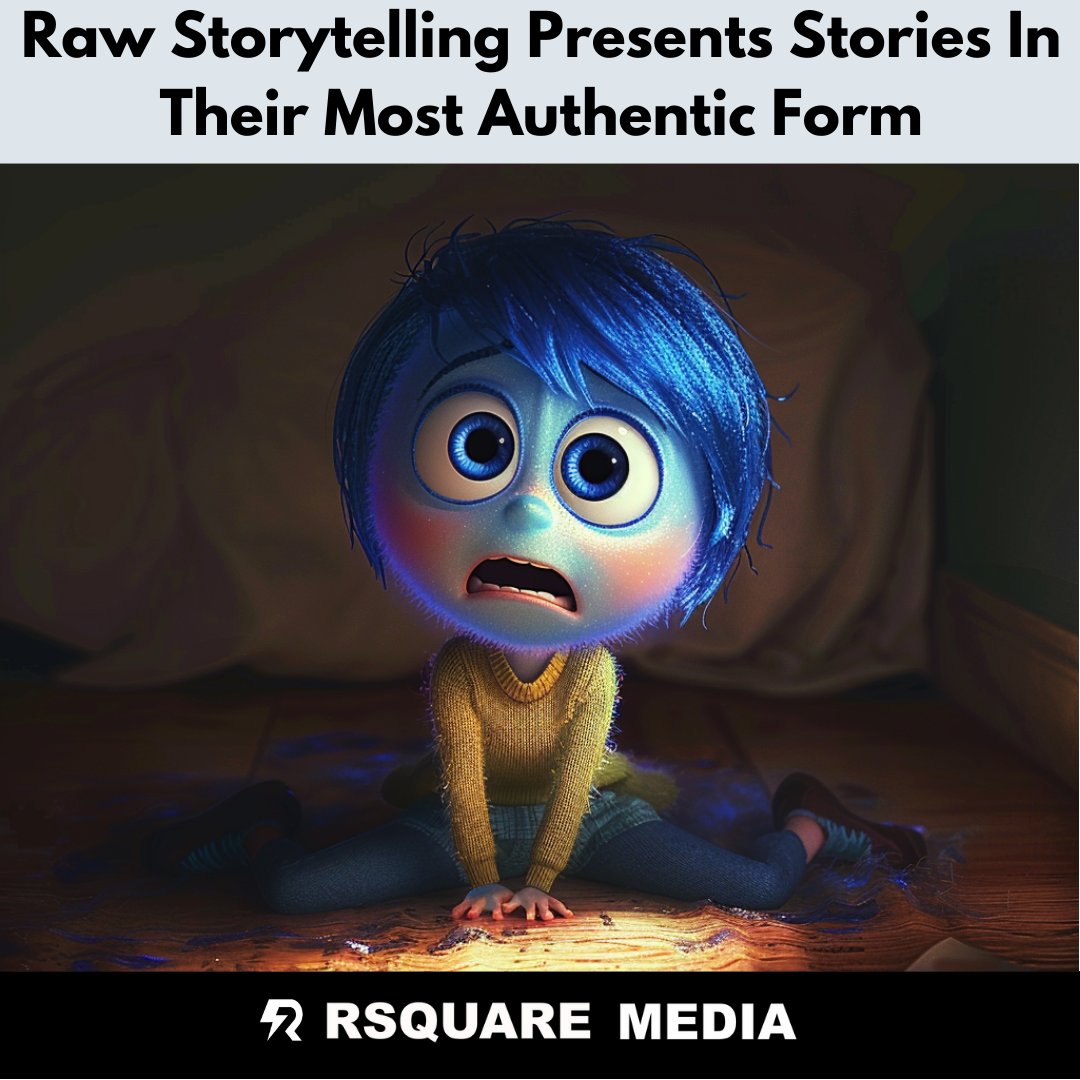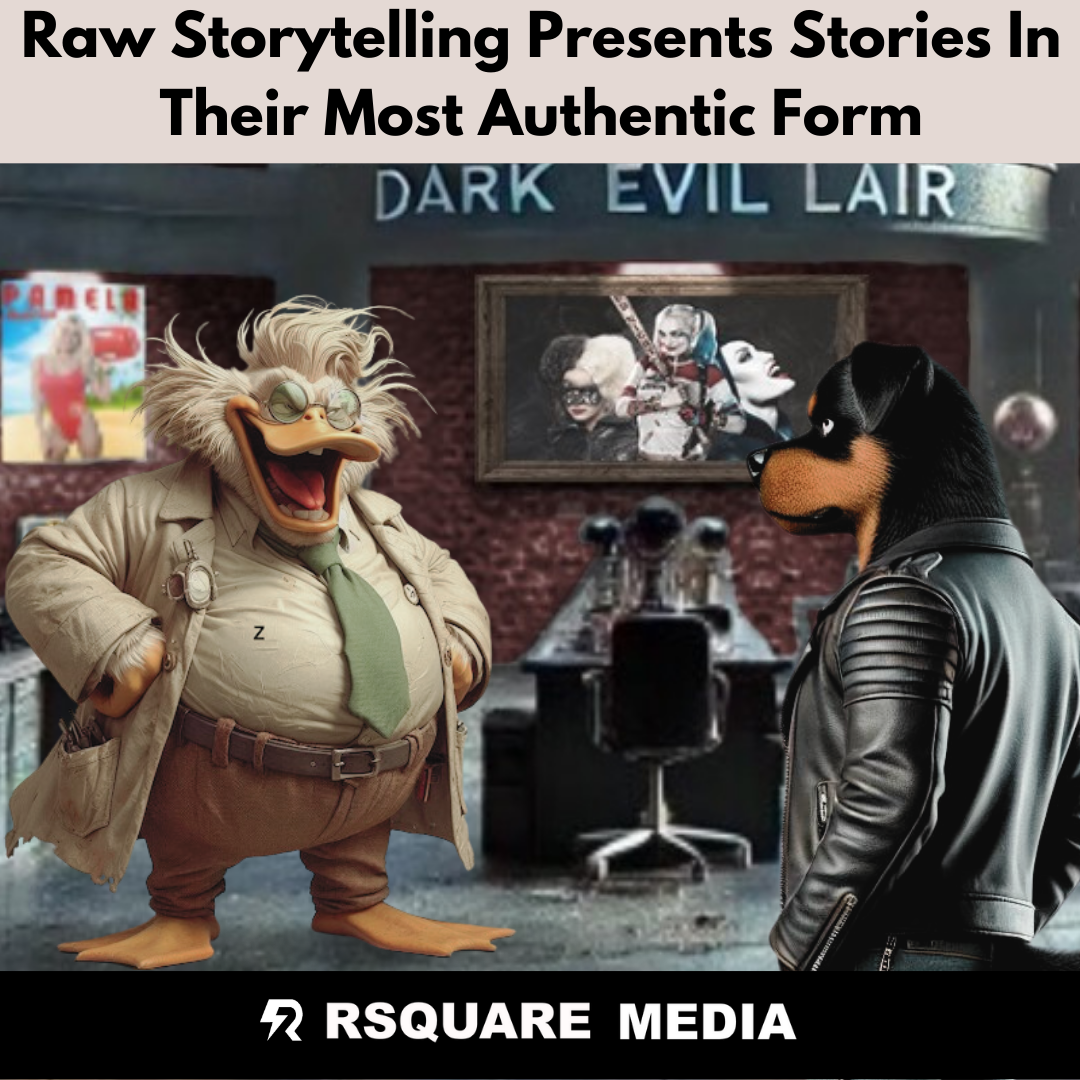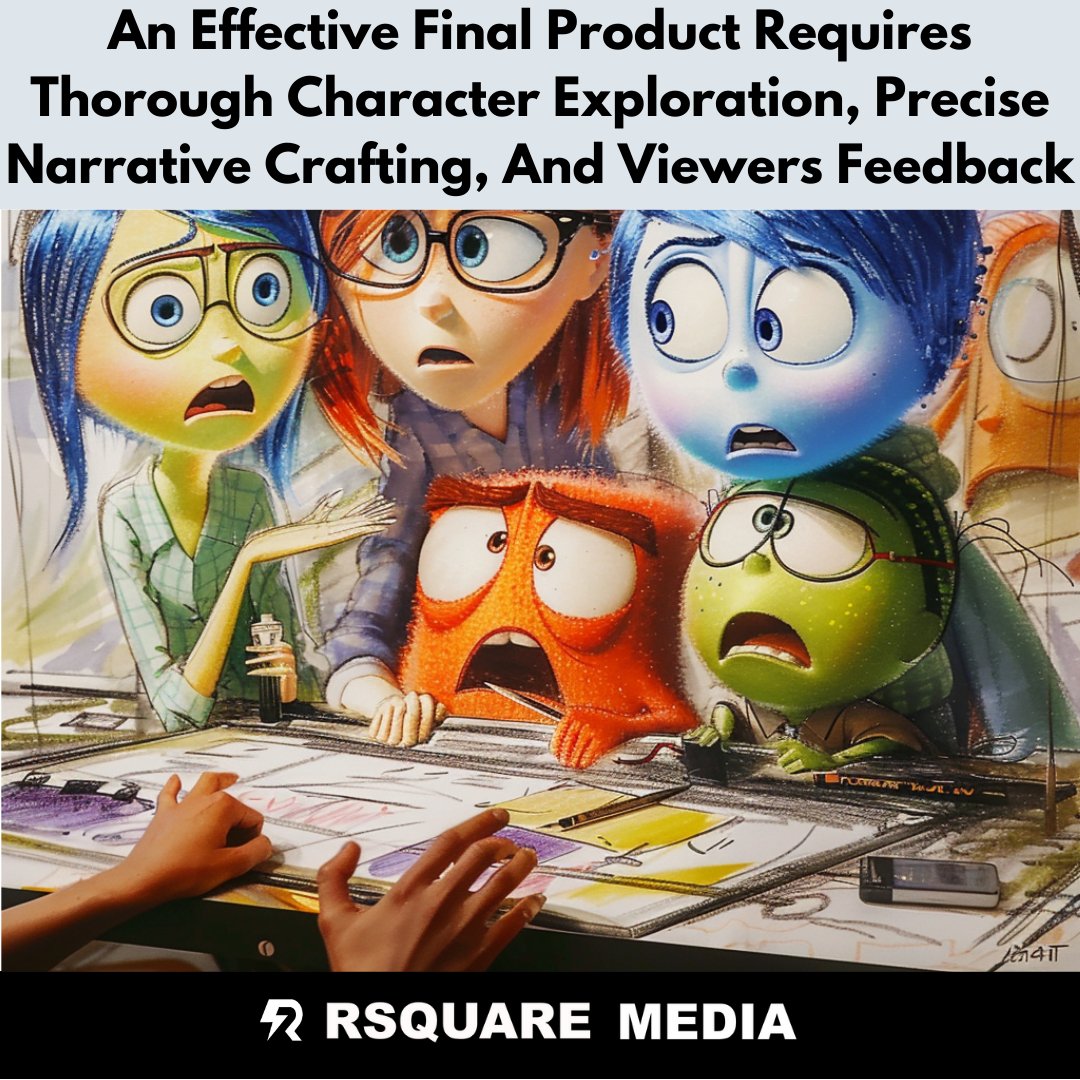Introduction
The world of movies is full of remarkable stories, but some films manage to stand out, capturing hearts and minds across the globe. “Inside Out” is one such franchise. The animated series not only entertains but also educates, making it a perfect example of effective brand storytelling. In this article, we will explore how “Inside Out” used the power of storytelling marketing to create a trend on Twitter and analyze the impact this had on the brand, specifically focusing on its application for internet marketing professionals in technology, finance, and professional services industries.
The Magic of “Inside Out”
“Inside Out,” released in 2015, introduced us to the personified emotions inside a young girl’s mind. It wasn’t just a movie; it was an experience that connected deeply with audiences of all ages. Pixar’s ability to blend humor, emotion, and educational content made it a prime example of visual storytelling at its best.
The Sequel: Inside Out 2
The announcement of “Inside Out 2” sparked excitement on social media, especially on Twitter. Fans eagerly anticipated how the sequel would expand on the original story and bring new insights into the human mind. This excitement was not just organic; it was strategically fueled by brand agencies and storytelling marketing experts who understand the power of a well-crafted story.

The Characters and Their Impact
One of the most compelling aspects of “Inside Out” is its characters, each representing a different emotion. Joy, Sadness, Anger, Fear, and Disgust personify the complex emotions that drive human behavior. These characters are relatable and memorable, making it easier for audiences to connect with the story. For brand storytelling, creating characters or personas that resonate with your audience can be a powerful tool.
The Story Arc
The story arc of “Inside Out” follows Riley, a young girl navigating the challenges of moving to a new city. The emotions inside her head struggle to help her cope with the changes. This narrative structure mirrors real-life experiences, making it relatable and engaging. For internet marketing professionals, crafting a story arc that reflects the journey of your customers can make your brand more relatable and memorable.
Twitter Trends: The Spark of a Movement
Twitter, known for its real-time engagement and vast user base, played a pivotal role in creating a buzz around “Inside Out 2.” Here’s how the trend started and what internet marketing professionals can learn from it:
Engaging the Audience
The key to successful storytelling marketing lies in engagement. Pixar’s social media team, alongside brand agencies, utilized Twitter to tease fans with snippets of information, behind-the-scenes content, and interactive polls. This created a sense of community and anticipation, making fans feel like they were part of the journey.
Hashtags and Challenges
Hashtags are powerful tools for creating trends. The #InsideOut2 hashtag trended for weeks as fans shared their thoughts, theories, and fan art. Pixar also launched challenges, such as asking fans to describe their emotions using GIFs from the movie. This not only kept the conversation going but also showcased the creativity of the audience.
User-Generated Content
User-generated content is a goldmine for brand storytelling. Pixar encouraged fans to share their own stories related to the emotions depicted in “Inside Out.” This not only increased engagement but also created a wealth of authentic content that Pixar could share. For internet marketing professionals, leveraging user-generated content can enhance your storytelling efforts and build a community around your brand.
Lessons for Internet Marketing Professionals
Understanding Your Audience
Knowing your audience is crucial for effective storytelling marketing. Pixar’s success with “Inside Out” was partly due to its deep understanding of human emotions and how to depict them in a relatable way. For technology, finance, and professional services industries, this means identifying the pain points, needs, and desires of your target market and crafting your story accordingly.
Creating a Narrative
Every product or service has a story. The challenge is to present it in a way that resonates with your audience. Pixar’s use of personified emotions in “Inside Out” turned a complex psychological concept into an engaging narrative. Similarly, internet marketing professionals can use storytelling to simplify complex ideas and make them more accessible to their audience.
Leveraging Social Media
Social media platforms like Twitter are powerful tools for spreading your story. The success of #InsideOut2 demonstrates the impact of a well-coordinated social media campaign. For brand agencies, this means creating content that is not only informative but also shareable and engaging.
Building Emotional Connections
One of the strengths of “Inside Out” is its ability to evoke emotions. Building an emotional connection with your audience can make your brand more memorable and impactful. Share stories that evoke joy, surprise, or empathy to create a deeper connection with your audience.

The Role of Visual Storytelling
Visual storytelling is a critical component of brand storytelling. “Inside Out” used vibrant animation and expressive characters to bring its story to life. For internet marketing professionals, incorporating visuals into your storytelling strategy can significantly enhance engagement and retention.
Use of Infographics
Infographics are a great way to convey complex information quickly and clearly. They can be used to illustrate statistics, processes, or trends in a visually appealing way. For example, a finance company could use an infographic to explain market trends or investment strategies.
Videos and Animations
Videos and animations can bring your story to life, just like “Inside Out.” Creating short, engaging videos that explain your product or service can capture the attention of your audience and keep them engaged. Consider using animations to simplify complex concepts and make your content more accessible.
Consistent Visual Style
Maintaining a consistent visual style across all your marketing materials reinforces your brand identity. Pixar’s distinct animation style is instantly recognizable, making “Inside Out” and its sequel visually cohesive. For your brand, ensure that your colors, fonts, and design elements are consistent across all platforms.
Product Ads: Telling Your Story
Product ads are an opportunity to tell your story and showcase your brand’s values. The “Inside Out” franchise used trailers, posters, and merchandise to build its narrative and connect with its audience. Here’s how you can apply similar techniques to your marketing strategy:
Crafting a Compelling Message
Your product ad should have a clear and compelling message that resonates with your audience. Focus on the benefits of your product or service and how it solves a problem or meets a need. Use storytelling to create an emotional connection with your audience.
Consistency Across Channels
Ensure consistency in your message across all marketing channels. This creates a cohesive brand image and reinforces your story. Whether it’s through social media posts, email campaigns, or print ads, maintaining a consistent narrative strengthens your brand storytelling efforts.
Engaging Visuals
Just like “Inside Out,” your product ads should be visually appealing. Use high-quality images and graphics to capture attention and convey your message. Consider incorporating elements of visual storytelling, such as character illustrations or storyboards, to make your ads more engaging.
Call to Action
Every product ad should have a clear call to action (CTA). Encourage your audience to take the next step, whether it’s visiting your website, signing up for a newsletter, or purchasing a product. Make sure your CTA is prominent and compelling.

Building a Story Brand
Building a story brand involves more than just marketing; it’s about creating a brand identity that resonates with your audience. “Inside Out” achieved this by aligning its story with its brand values of creativity, empathy, and education. Here’s how you can build a story brand for your business:
Define Your Brand Values
Identify the core values that define your brand. These values should guide your storytelling efforts and be reflected in all your marketing materials. For example, if your brand values innovation and reliability, ensure these values are evident in your stories.
Create a Brand Narrative
Develop a brand narrative that tells the story of who you are, what you do, and why it matters. This narrative should be authentic and resonate with your audience. Share your brand’s journey, challenges, and successes to build a connection with your audience.
Engage Your Audience
Engage your audience by inviting them to be part of your story. Use social media, blogs, and other channels to interact with your audience and encourage them to share their experiences with your brand. This creates a sense of community and loyalty.
Evolving Your Story
Your brand story should evolve with your business. As you grow and adapt to new challenges, share these updates with your audience. This keeps your story fresh and relevant, and shows that your brand is dynamic and responsive.
Case Studies: Successful Brand Storytelling
Examining successful brand storytelling can provide valuable insights and inspiration for your own marketing efforts. Let’s look at a few case studies that highlight the principles we’ve discussed.

Pixar and “Inside Out”
Pixar’s “Inside Out” is a masterclass in brand storytelling. The film’s success was driven by its relatable characters, compelling narrative, and strategic use of social media. By understanding their audience and creating a story that resonated emotionally, Pixar built a strong connection with fans and generated excitement for the sequel.
Apple: Simplifying Technology
Apple is renowned for its storytelling marketing. Their product ads focus on how their technology improves the lives of users, often featuring real-life stories and testimonials. By simplifying complex technology and highlighting its benefits, Apple makes its products accessible and desirable.
Nike: Inspiring Athletes
Nike’s brand storytelling revolves around inspiration and empowerment. Their campaigns often feature stories of athletes overcoming challenges, aligning with their brand values of determination and excellence. Nike’s consistent narrative across all channels reinforces their identity and builds a loyal customer base.
Engaging Audience Participation
Inviting audience participation through interactive storytelling deepens brand engagement. Social media platforms facilitate dialogue and user-generated content, amplifying brand narratives’ reach and impact.
Conclusion
“Inside Out’s” enduring impact underscores the potency of brand storytelling in captivating and educating audiences. For internet marketing professionals in technology, finance, and professional services, integrating storytelling strategies can elevate brand narratives and foster lasting audience connections.

Call to Action
Learn more about “brand storytelling” by visiting rsquaremedia.com. Get a free quote by going to calendly.com/rsquaremedia.
By embracing storytelling marketing principles, professionals can emulate “Inside Out’s” success in crafting narratives that resonate authentically and engage effectively with audiences across diverse industries.
